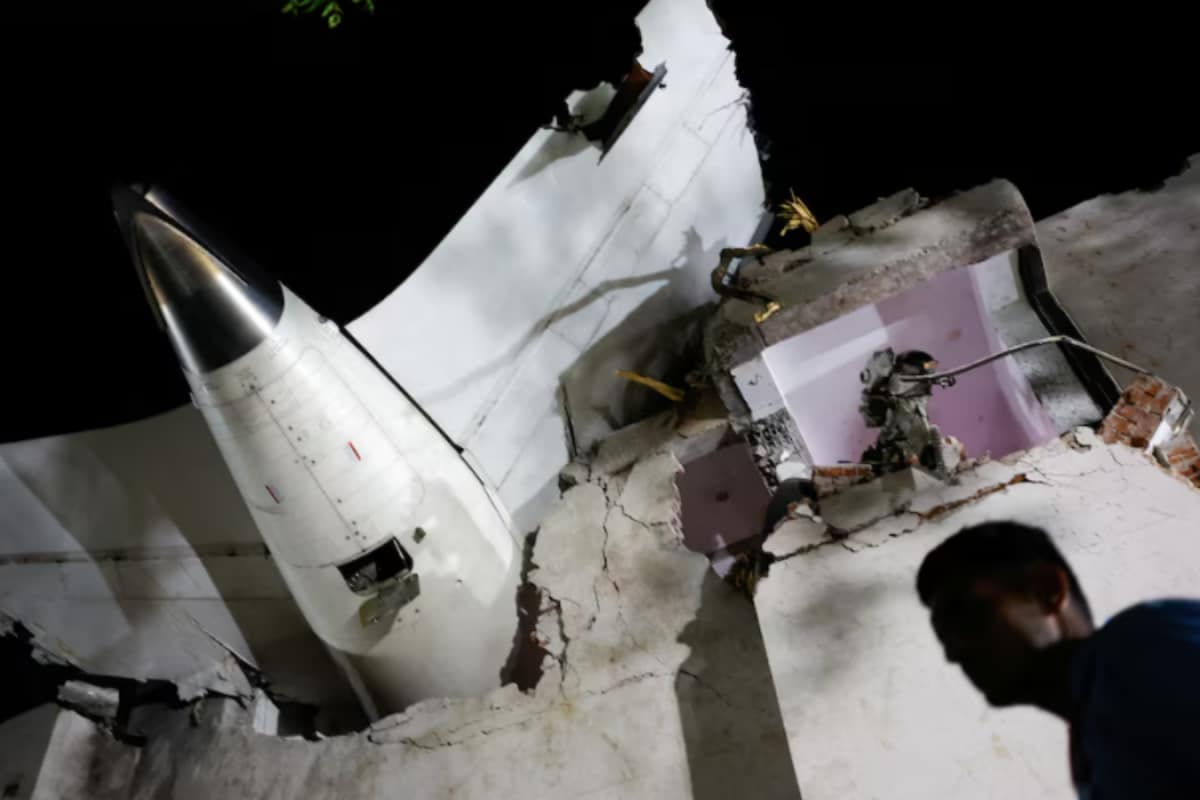

The preliminary crash report regarding the Air India flight AI-171, which crashed shortly after takeoff from Ahmedabad on June 12, 2025, killing all 241 people on board and 19 on the ground, has been released by the Aircraft Accident Investigation Bureau (AAIB). The report provides a detailed timeline of the flight's final moments, confirming that both engines shut down seconds after liftoff.
The most critical finding of the report is that the fuel cutoff switches for both engines moved to the "CUTOFF" position in flight, one after the other, with a time gap of one second, without any known command. This immediately cut fuel supply to both engines, causing them to lose power. The pilots, in the cockpit voice recordings, deny triggering the shutdown. One pilot is heard asking the other, "Why did you cut off?", to which the other responded that he had not done so.
Despite the detailed information, the preliminary report does not determine what caused the fuel switches to move. The investigation is considering several possibilities, including human error, mechanical failure, electrical issues, or a software anomaly.
Several potential causes have been ruled out:
The report also indicated that both engines appeared to be operating normally until the fuel cutoff. The two switches were found in the wreckage, and both were in the RUN position, the report said. The pilots moved both fuel switches back to the "RUN" position within 10-14 seconds of the fuel cutoff, and both engines began automatic restart sequences. Engine 1 showed signs of recovery, but ultimately, recovery was impossible due to insufficient time and altitude. The aircraft was only about 625 feet above ground when the engines failed, and engine restart procedures require significantly more time than the 29 seconds available before impact.
The investigation has revealed that the aircraft had experienced a stabilizer sensor issue on a previous flight. The previous crew reported a fault code related to the stabilizer position sensor. The report does not explain whether this was a mechanical failure, an electrical issue, or a software anomaly, or if the stabilizer sensor issue was linked to the engine cutoffs.
The report notes that the throttle control module, which houses the fuel control switches, was replaced in 2019 and 2023, but the reason for replacement was not linked to the fuel control switches. No defects pertaining to the fuel control switch have been reported since 2023 on the aircraft. Air India told investigators that no inspection had been made in response to an FAA advisory, since compliance was not mandatory. The 2018 FAA bulletin addressed concerns about fuel control switch locking mechanisms that could become disengaged. These locking features are designed to prevent inadvertent movement of the fuel switches. When disengaged, the switches could potentially be moved more easily by vibration, inadvertent contact, or other factors.
Following the release of the preliminary report, the India Commercial Pilots' Association (ICPA) has strongly condemned the baseless rumors of pilot suicide. The ICPA emphasized the rigorous screening and training pilots undergo, denouncing the insinuation as unethical and insensitive. They urge respect for the ongoing investigation and support for the crew, who acted responsibly under difficult circumstances.
The final report is expected to be released in about a year.